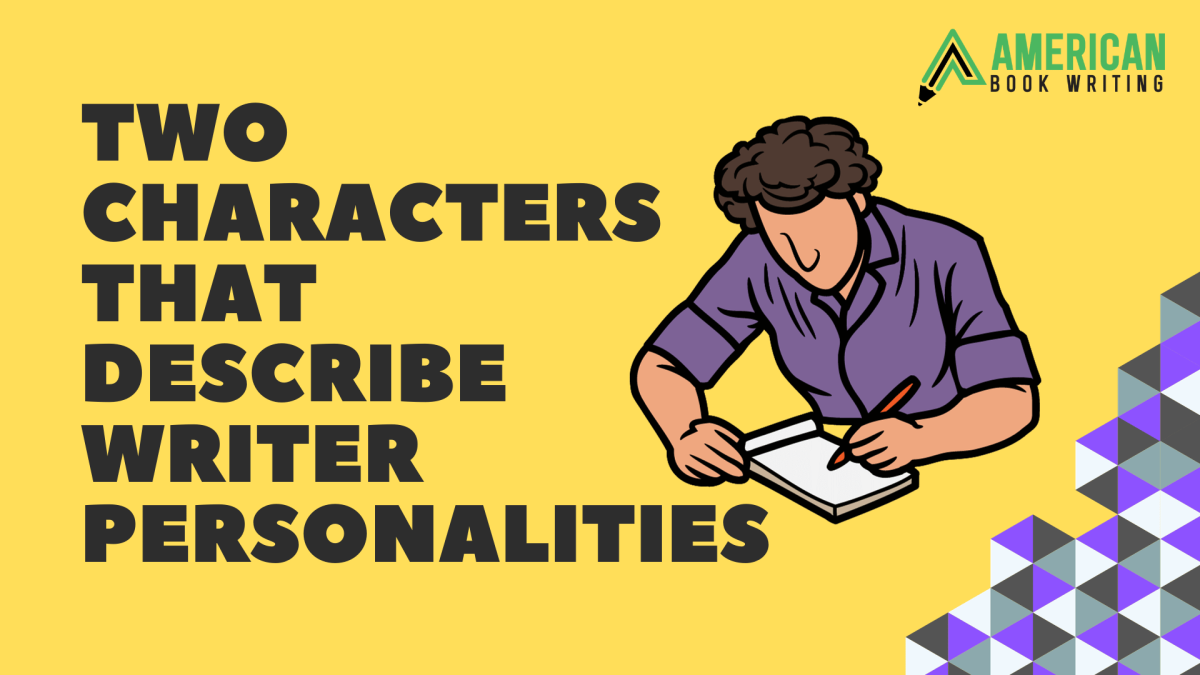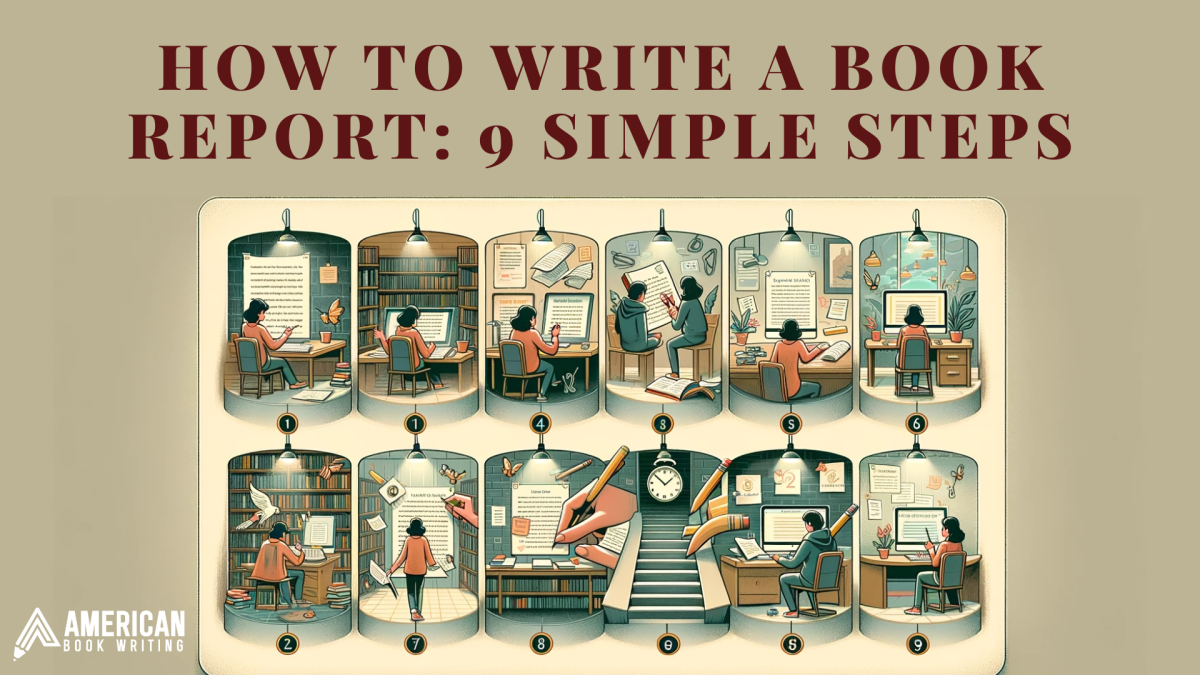Writer
Press The Play Button On The Audio To Listen Complete Article!
Every writer has characters, and describing the physical traits that make up those characters allows us to imagine them. Character descriptions can help add to a story or novel.
Good character description is essential in stories and novels. As you develop your characters, consider how you want the reader to relate or identify with them.
Here are some character descriptions and how to use them, allowing you to write a well-structured and good book, putting you in the spotlight for any book publisher’s company.
Physical Appearance:
The writer describes the physical appearance of your characters as being as fun as painting a picture with words. Imagine one character with a tall, lean frame that seems to defy gravity, like a graceful reed swaying in the breeze. Their hair, as dark as a moonless night, flows untamed, like a raven’s wing.
On the other hand, the second character is of shorter stature, a compact bundle of energy. Their hair is a vibrant cascade of fiery red curls reminiscent of a playful flame.
These vivid descriptions help the writer describe and create a mental image of the characters, making them come alive in the reader’s mind.
You can even hire a book writing service provider to help you craft some different characters if you ever find writer’s block.
Clothing and Style:
What your characters wear can tell readers a lot about their personalities. Picture one character in a pair of faded jeans and a comfortable t-shirt, like they’re always ready for an adventure. They embrace a casual, laid-back style that suggests they’re easygoing and approachable.
Imagine the second character in a crisp suit, as if they walked straight out of a fashion magazine. Their clothing exudes professionalism and formality, hinting at a composed and sophisticated demeanor.
These clothing choices offer valuable clues about your characters’ lifestyles and priorities without needing your writer to describe them explicitly.
Speech and Dialogue:
How your characters speak and what they say can reveal volumes about their personalities. Imagine one character using slang and informal language, peppering their speech with expressions like “Hey, no worries!” and “Cool beans.” This character is approachable, friendly, and down-to-earth.
Now, picture the second character speaking eloquently and precisely, their words carefully chosen. They might say, “I appreciate your kind offer” instead of a simple “Thanks.” This character projects sophistication and a certain level of reserve.
Their communication reflects their character, making it crystal clear to the reader.
Actions and Gestures:
How your writer describes actions and gestures can be a goldmine for revealing your characters’ personalities. Think about what your characters do in different situations. If one character constantly taps their foot or twirls their hair when nervous, it shows their anxiety or impatience.
On the other hand, if the second character leans back in their chair with a relaxed posture, it suggests they’re cool, confident, and in control.
These small, everyday behaviors give readers a glimpse into your characters’ minds without explicitly telling them who your characters are.
Backstory and Experiences:
Share the experiences that have shaped their lives and personalities. Perhaps one character grew up in a close-knit, working-class family and learned the value of hard work. In contrast, the other character had a privileged upbringing with access to resources and opportunities.
These experiences influence their perspectives, values, and how they relate to the world around them.
Relationships and Interactions:
Characters don’t exist in a vacuum; they interact with others. How they treat friends, family, and strangers provides significant insights into their personalities.
One character might be the life of the party, always ready to help a friend in need, while the other character could be standoffish, often putting their own needs above others.
These interactions showcase how your characters navigate the complex web of human relationships, showing their empathy, selfishness, or vulnerability.
Internal Thoughts and Feelings:
Your characters’ inner thoughts and emotions are the hidden treasures of storytelling. By sharing their inner monologues and feelings, you allow readers to connect with your characters on a deeply personal level.
One character might harbor deep insecurities, worrying about what others think of them. Meanwhile, the other character could be driven by a secret ambition they’re too afraid to share.
These inner struggles make your characters relatable, giving readers a window into their souls.
Conflicts and Resolutions:
How your characters respond to conflicts and challenges is a window into their souls. When faced with adversity, one character might take a deep breath and calmly seek solutions, reflecting a pragmatic and resilient nature.
They don’t shy away from problems but tackle them head-on. On the other hand, the second character might react impulsively, letting emotions guide their decisions. This impulsive behavior might lead to unintended consequences.
These responses to conflicts reveal your characters’ emotional depth and problem-solving skills.
Character Growth and Change:
Stories are journeys, and your characters should evolve throughout the narrative. Let’s take an example of character development. One character might start the story as pessimist, always anticipating the worst.
However, as the plot unfolds, they begin to see the world more optimistically, thanks to their lessons and the people they’ve met.
Similarly, the other character may transform from being cold and distant to becoming more empathetic and understanding. The key here is to show their gradual shifts in mindset and behavior, making their personal growth evident to the readers.
Foils and Contrasts:
Lastly, think about how your two characters interact with each other. They can be foils to each other, highlighting their differences.
For example, if one character is a risk-taker, ready to leap into the unknown, the other might be risk-averse, always seeking the safest path.
These contrasts create dynamic tension and illustrate each character’s strengths and weaknesses. The risk-taker may inspire action and adventure, while the risk-averse character may provide caution and prudence.
Conclusion:
Creating well-rounded and relatable characters is a vital component of effective storytelling. The writer describes their physical appearance, clothing, speech, etc., which helps the characters to come to life. You can write these characters yourself or hire an ebook writer to help you.
Remember, your characters are not just words on a page; they are your story’s living, breathing souls. So, let them shine, allowing your readers to become emotionally invested in their journeys.




